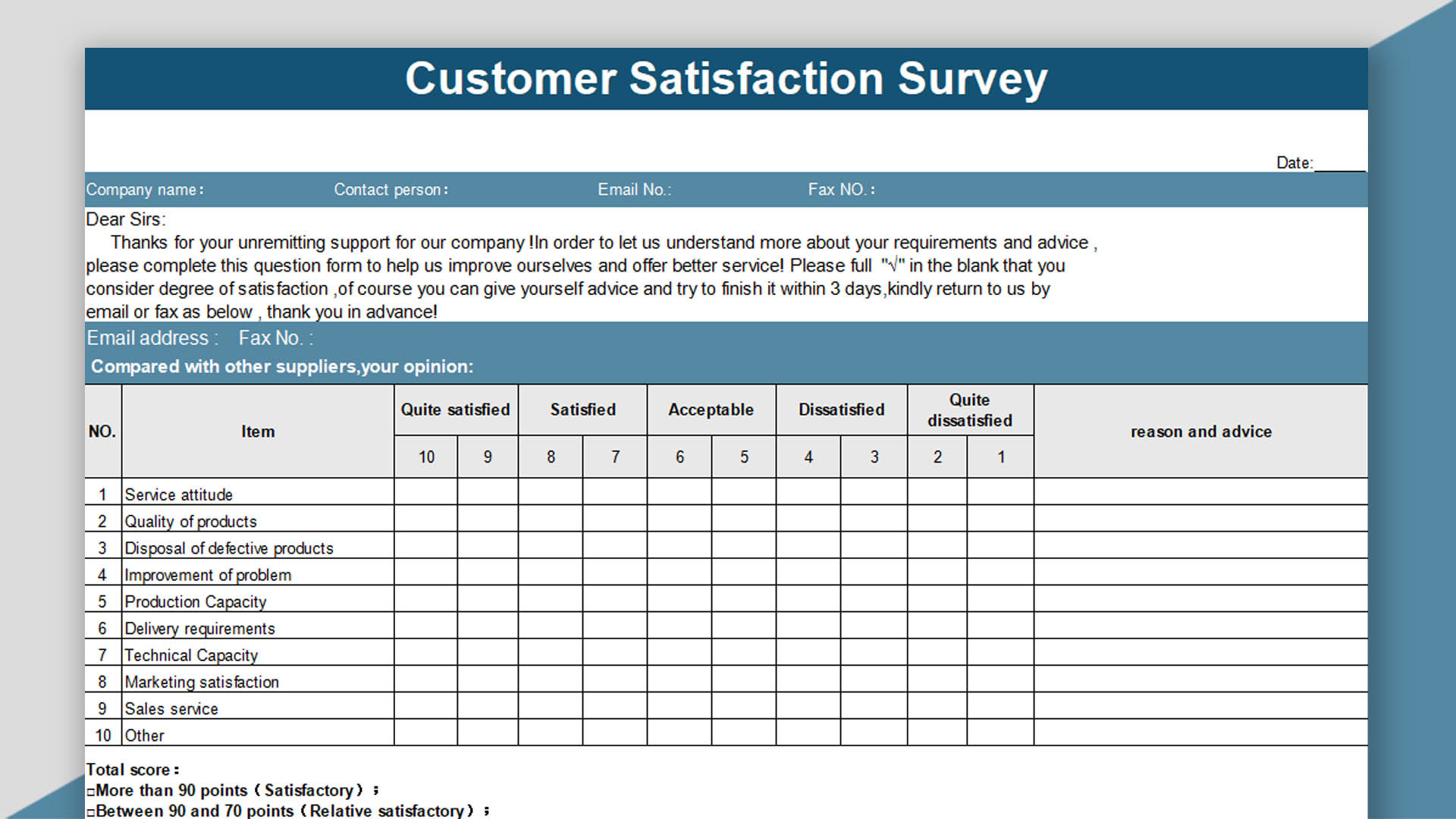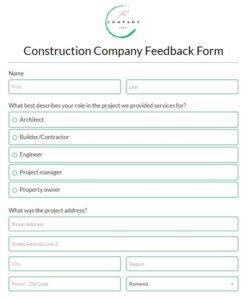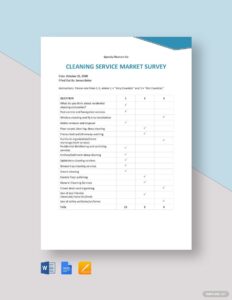In the dynamic world of project management, delivering a project on time and within budget is certainly a mark of success. However, true success often extends beyond these tangible metrics to encompass the satisfaction of your most important stakeholders: your customers. Understanding their experience, pinpointing areas where you excelled, and identifying opportunities for improvement is absolutely vital for long-term client relationships and business growth.

This isn’t just about feeling good; it’s about building a reputation for excellence that keeps clients coming back and referring new business your way. A well-crafted feedback mechanism, like a comprehensive project management customer satisfaction survey template, acts as your eyes and ears on the ground, providing invaluable insights directly from those you serve. It’s how you ensure every project not only meets but exceeds expectations.
Why Customer Satisfaction Surveys Are Crucial in Project Management
Think about it: after weeks or months of intense work, milestones, and deliverables, the project is finally handed over. But what happens next? Often, project teams move directly to the next task without truly pausing to gather structured feedback from the client. This is a missed opportunity, as post-project insights are goldmines for process improvement, team development, and future sales. Without a formal survey, you’re relying on anecdotal evidence or simply hoping everything went well.
Customer satisfaction surveys bridge this gap by providing a systematic way to collect quantifiable and qualitative data. They allow clients to voice their opinions on various aspects, from initial communication and project planning to execution, delivery, and post-launch support. This feedback can highlight issues you weren’t even aware of, or confirm the effectiveness of practices you thought were working well. It’s an essential tool for continuous improvement, allowing you to fine-tune your project management processes with each successive engagement.
Key Benefits of Gathering Feedback
The systematic collection of customer feedback offers a multitude of advantages that directly impact a project’s success and the overall health of an organization. It’s not just about problem-solving; it’s about strategic growth and reputation building.
- Identifies Areas for Improvement: Pinpoints specific weaknesses in your project lifecycle, communication, or deliverables, allowing for targeted corrective actions.
- Highlights Strengths: Reveals what your team does exceptionally well, providing positive reinforcement and best practices that can be replicated across future projects.
- Builds Stronger Relationships: Shows clients that their opinion matters, fostering trust and loyalty, and increasing the likelihood of repeat business and referrals.
- Facilitates Team Development: Provides constructive feedback that can be used for individual coaching, team training, and performance reviews.
- Measures ROI: Helps quantify the success of your project efforts not just in terms of budget and schedule, but also in client perception and satisfaction.
Ultimately, by actively seeking and acting on customer feedback, you transform your project delivery from a one-time event into an iterative process of learning and refinement. This proactive approach ensures that every project contributes to your organization’s growing expertise and client satisfaction.
Crafting an Effective Project Management Customer Satisfaction Survey Template
So, you’re convinced of the importance, but what makes a project management customer satisfaction survey template truly effective? It’s not just about asking questions; it’s about asking the right questions, in the right way, to get actionable insights. An effective template should be comprehensive yet concise, encouraging honest and thorough responses without overwhelming the respondent. It needs to cover all critical touchpoints of the project lifecycle, from initial scoping to final delivery and beyond.
The best templates often combine different question types, such as rating scales for quantifiable data, open-ended questions for detailed qualitative feedback, and multiple-choice options for specific choices. This allows for both broad assessments and deep dives into particular areas. Think about the journey your customer took with you and design questions that reflect each stage of that journey. This approach ensures you capture a holistic view of their experience.
Here are some key categories of questions you might include:
- Overall Satisfaction: How satisfied were you with the project outcome and your overall experience? (e.g., a Likert scale)
- Communication and Collaboration: How effective was communication with our team? Were your inquiries addressed promptly?
- Project Delivery and Quality: Did the project meet your expectations for quality and functionality? Was it delivered on time and within budget?
- Team Performance: How would you rate the professionalism, expertise, and responsiveness of the project team members?
- Value and Return on Investment: Do you feel the project provided good value for your investment?
- Likelihood to Recommend/Re-engage: How likely are you to recommend our services to others or engage us for future projects? (Net Promoter Score type question)
- Open Feedback: What suggestions do you have for us to improve our services? What did you like most/least?
Once you have your template, consider how you’ll distribute it. Online survey tools are often the most efficient, allowing for easy data collection and analysis. Remember to send it out promptly after project completion, while the experience is still fresh in the client’s mind. The timing is crucial to gather accurate and detailed insights.
Collecting feedback is only half the battle; the real value comes from analyzing the results and implementing changes. Look for patterns, both positive and negative, and identify recurring themes. Use this data to inform future project planning, refine internal processes, and provide targeted training for your team. This continuous loop of feedback, analysis, and improvement is what will truly elevate your project management capabilities and ensure long-term client happiness.
Leveraging a well-designed project management customer satisfaction survey template isn’t just good practice; it’s a strategic imperative. It empowers you to not only measure but actively improve client happiness, turning every completed project into a stepping stone for future success. This commitment to understanding and meeting client needs will undoubtedly set your organization apart.



